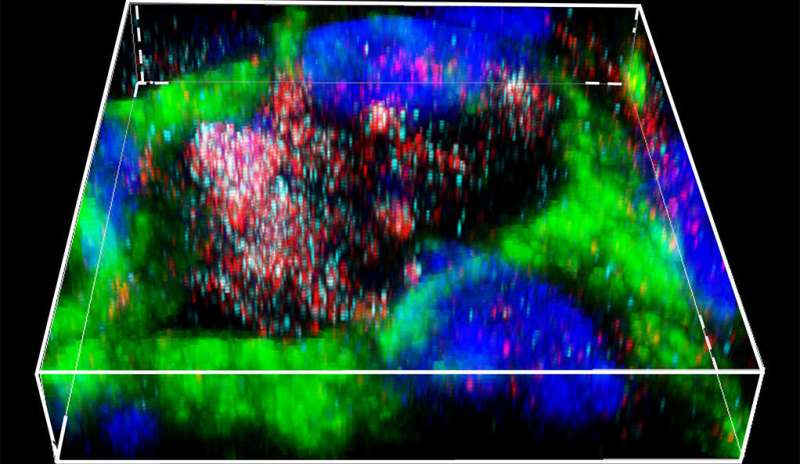Cellular hitchhikers aid recovery from spinal cord injury

The healing effects of stem cells in spinal cord injury can be aided by their ability to hitch intercellular rides to specific anti-inflammatory cells called M2 macrophages, Yale researchers report.
Yale University researchers had previously shown that mesenchymal stem cells harvested from bone marrow helped repair spinal cord injury in rats; however, many of the cells did not reach their target injury site.
The study by the Yale team, headed by neuroscientists Jeffery Kocsis and Karen Lankford, shows how properties from stem cells can be carried to the macrophages by intercellular cargo vesicles called exosomes. There, the stem cell-derived exosomes may aid macrophages to repair ruptures in the blood-brain barrier that can wreak havoc with the central nervous system.
The report appears Jan. 5 in the journal PLOS ONE.
More information: Karen L. Lankford et al. Intravenously delivered mesenchymal stem cell-derived exosomes target M2-type macrophages in the injured spinal cord, PLOS ONE (2018). DOI: 10.1371/journal.pone.0190358













